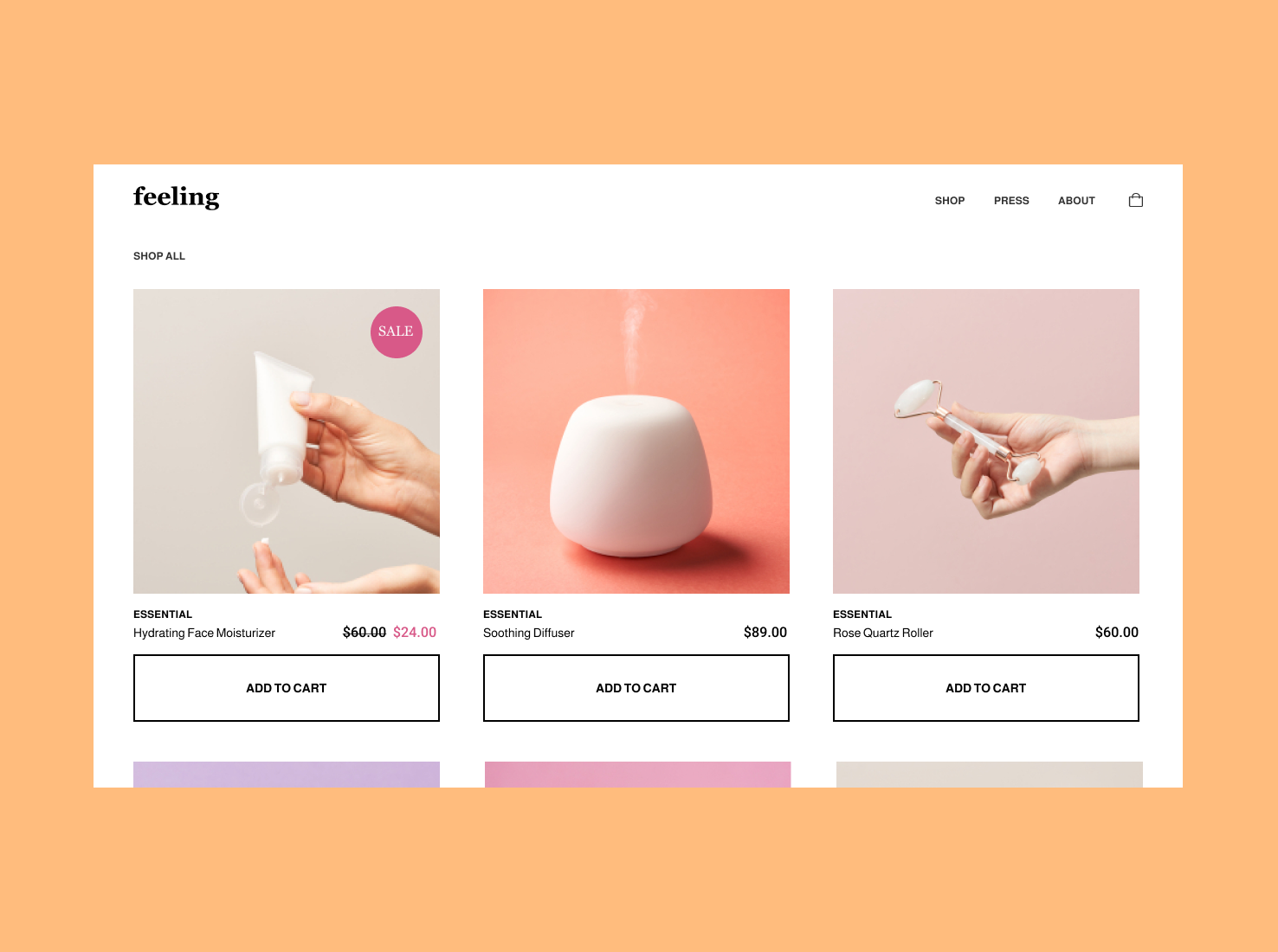
WooCommerce website builders are under increasing pressure to design the most user-friendly, engaging, and convenient ecommerce experiences for customers.
WooCommerce ranks among the top most popular ecommerce tools for the WordPress ecosystem, with more than 4.4 million live websites using the plugin today. However, the technology can be somewhat restrictive on its own, which is why so many designers turn to third-party tools, like Elementor.
A well-known website creation platform, Elementor first introduced its WooCommerce integration in August of 2018. Back then, the goal of many designers was on creating the most aesthetically appealing product and archive pages. Now, the priorities of ecommerce shoppers and website developers have evolved.
Adapting to the new focus on unified visual branding and enhanced user experiences, Elementor is now introducing a selection of new updates to its WooCommerce functionality. The new features of Elementor Release 3.5 could transform the way you design ecommerce sites.
What’s New in Elementor for WooCommerce Builders?
The new updates to the Elementor WooCommerce experiences feature:
- A series of updated or enhanced widgets
- A new progress tracking widget
- A new feature: scroll snap
- Global widget usability improvements
- Enhanced security enforcement
The new and updated widgets in the Elementor system for WooCommerce build on the existing functionality Elementor already offered for its WooCommerce clients.
The updates to these widgets provide users with more flexible design choices, a simpler single-click configuration strategy, and new opportunities to increase conversions. The updated widgets include:
- Revamped checkout widget: replacing the outdated WooCommerce checkout page, the revamped widget allows for single or double-column layouts, as well as custom content, typography, and color, with no need for code.
- Updated cart widget: an alternative to the default cart page on WooCommerce, the Elementor cart widget allows users to customize the cart layout and choose different typography, styles, and content for the page.
- My Account: the new My Account page offers a flexible, updated design, where builders can update the appearance of “My Account” tabs and create a consistent branded experience for end-users.
Additional Updates to the WooCommerce Experience
Aside from updating a series of crucial widgets, Elementor has also enhanced the site settings pages for WooCommerce site builders. This change removes some of the more cumbersome practices associated with configuring WooCommerce content. You can now configure site pages within Elementor, and the system will remind you to finish configuration when you save or publish Cart, My Account, or Checkout pages.
Another bonus is the new “scroll snap” feature. This allows developers to exert more control over customer scrolling actions, so they experience the site as its intended. With scroll snap, customers are encouraged to focus on individual segments of a page, which makes it harder for them to miss out on crucial pieces of content within the page.
The new scroll snap feature accompanies the “progress tracker widget” as a novel update to Elementor for WooCommerce. The Progress tracker widget provides customers with immediate insights into how much content they’ve viewed, and how far they have to go. This can improve the company’s chances of conversions, by reassuring clients they’re almost done.
Elementor has also made overall enhancements to the global widget infrastructure for WooCommerce users, solving various bug issues which may have prompted developers to seek out third-party tools in the past. Like many software updates from Elementor, the new rollout includes a number of potential security issue patches too, for better building peace of mind.
A New Focus for WooCommerce Site Builders
Despite being a popular tool for WooCommerce website building, Elementor’s solution has gradually grown outdated over the years, inspiring greater use of third-party plugins and custom CSS. The decision to upgrade various widgets and add new features to the WooCommerce experience aims to give developers more ways of customizing the shopping experience for end users.
With these latest changes, designers and developers using WooCommerce and Elementor in tandem will be able to fully customize the style and content of their checkout page, my account pages and cart page, to provide a cohesive and aligned brand image. You can style all the sections of a page at once and set pages as default checkout pages in a single click.
Elementor notes the new widget and the updated widgets for WooCommerce will work well with the majority of popular WooCommerce themes, including the “Hello” theme.
When announcing the latest updates to the Elementor WooCommerce experience, the Elementor team also acknowledged they would be continuing to roll out additional upgrades going forward. As the ecommerce shopping experience continues to evolve for modern consumers, it’s crucial for the tools developers and builders use to adapt to suit changing priorities.
For now, the Elementor WooCommerce update will give WooCommerce builders the control they need to deliver meaningful, relevant, and convenient experiences to customers throughout the buying journey.
